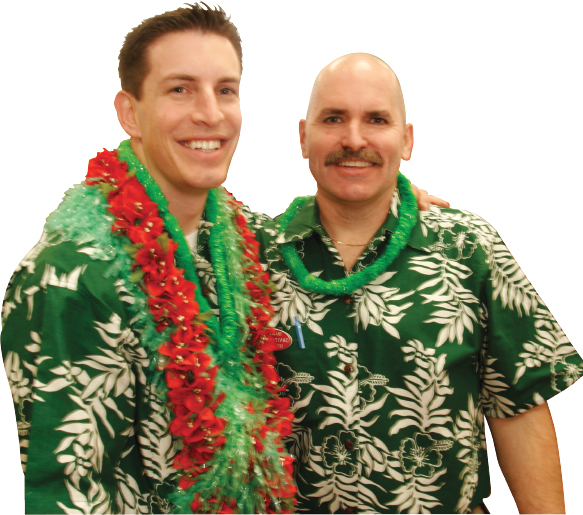Organizational Storytelling
Do you enjoy food shopping? We often don’t. The lines are long, the store lighting is glaring, and there’s always someone who leaves a cart in the middle of the aisle so that you can’t pass. But if you’re lucky enough to live near a Trader Joe’s, you might have a very different experience when purchasing groceries: employees smile and recommend their favorite salsa, food prices remain reasonable despite nationwide increases, and the colorful South Seas décor gives the place a bold, fun appearance. This is because Trader Joe’s has developed an organizational culture that values a friendly, neighborhood feel while offering quality food from all over the world at seemingly reasonable prices.
One of the ways that Trader Joe’s forms and ensures its cultural values is through organizational storytelling, the communication of the company’s values through stories and accounts, both externally (to an outside audience) and internally (within the company). An organization telling a story isn’t so different from a parent telling a story to a young child. Just as fairy tales and children’s books teach kids important lessons, like the dangers of talking to strangers, organizational stories help would-

What Trader Joe’s stories communicate and shape its organizational culture? First, consider the store’s South Pacific ambiance: the employees wear Hawaiian shirts, and hand-
In addition, like many successful organizations, Trader Joe’s makes use of metaphors in its storytelling. A metaphor is a figure of speech that likens one thing to something else in a literal way, although there is no literal connection between the two (Jacobs & Heracleous, 2006). Trader Joe’s metaphor is, essentially, “We are a ship.” The employees at Trader Joe’s are all crew members, including the captain (store manager) and the first mate (assistant store manager) (Lewis, 2005). Each member is essential to keeping the ship running, which makes for friendly employees and happy customers.
Trader Joe’s also makes use of stories about organizational heroes, individuals who have achieved great things for the organization through persistence and commitment, often in the face of great risk (James & Minnis, 2004; Schulman, 1996). Trader Joe’s employees and would-
AND YOU?
Question
Think about a store that you shop at frequently. What messages do the store layout and décor send customers? Does the store offer any literature or brochures about itself? Does it have a Web site? If so, what do these media communicate about the organization?